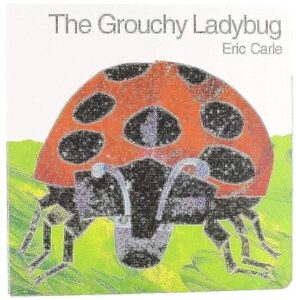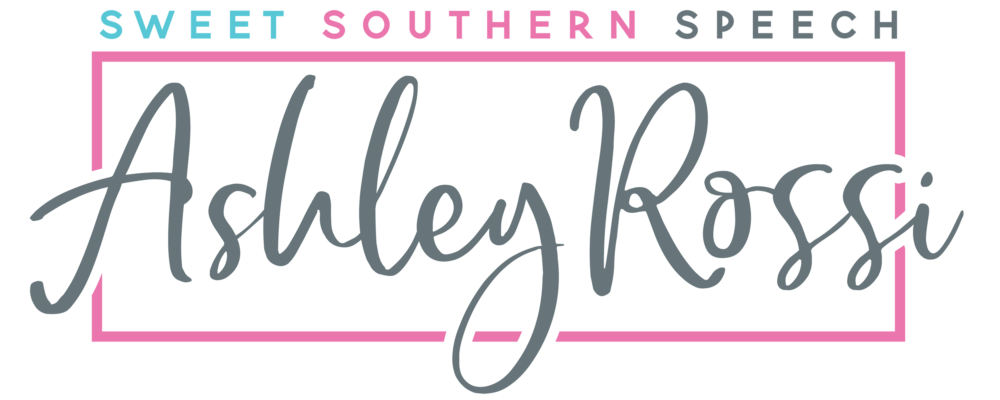As children follow the Grouchy Ladybug on her journey, they will learn the important concepts of time, size, and shape, as well as the benefits of friendship and good manners. For generations, The Grouchy Ladybug has delighted readers of all ages with the story of a bad-tempered bug who won’t say “please” or “thank you,” won’t share, and thinks it is bigger and better than anyone else. Readers will love how this testy ladybug introduces them to many new animals and learns that maybe being grouchy isn’t always the best option.
This feelings filled bugs book can be used in speech therapy to address social/emotional issues like bullying. It is also great for inferencing, character analysis and for targeting repetitive text! Discover more of the speech and language teaching concepts for using The Grouchy Ladybug in speech therapy below:

Frequent Speech Sounds:
/gr/ initial
/ch/ medial
/l/ initial
/b/ medial
/fl/ initial
/f/ initial and final
/y/ initial
/or/ medial
/n/ initial
/s/ initial
/w/ initial
Themes:
bugs
bullying
life cycle
Book Details:
The Grouchy Ladybug
Key Teaching Concepts
complete episode
vocabulary
theme/message
character analysis
sequencing
inferencing
social/emotional
verbs (linguistic)
repetitive text
order of bugs the grouchy ladybug attempts to first sequenced every hour
ladybug, aphids, bully, decided, grouchy, suggest, insist, screech, yellow jacket, stag beetle, praying mantis, sparrow, lobster, skunk, boa constrictor, hyena, eerily, gorilla, rhino, elephant, whale
The grouchy ladybug thinks it is better than everyone else when really it might be feeling little and afraid inside. The other ladybug is nice to it and the other bugs try to stand up to it.
A grouchy ladybug is looking for a fight with everyone it meets after challenging the another ladybug. When put to the test, the grouchy ladybug escapes each fight by pretending they aren’t big enough to fight it.
verbs (linguistic)
compare sizes
repetitive text
learn to tell time
Why do you think the ladybug is grouchy?
Why did it look the other bug straight in the eye?
Why did the grouchy ladybug puff itself up and fly away?
Why is the grouchy ladybug picking a fight with the yellow jacket?
Why do you think the grouchy lady keeps saying that they aren’t big enough even though they keep getting bigger?
Why do you think whale does not answer?
Why does the grouchy ladybug keep asking whale’s body parts?
Why is the other ladybug being so nice to the grouchy one?
If you are interested in seeing other bugs books to use in therapy, then check out the Themed Key Teaching Points Book List for a printable copy.


